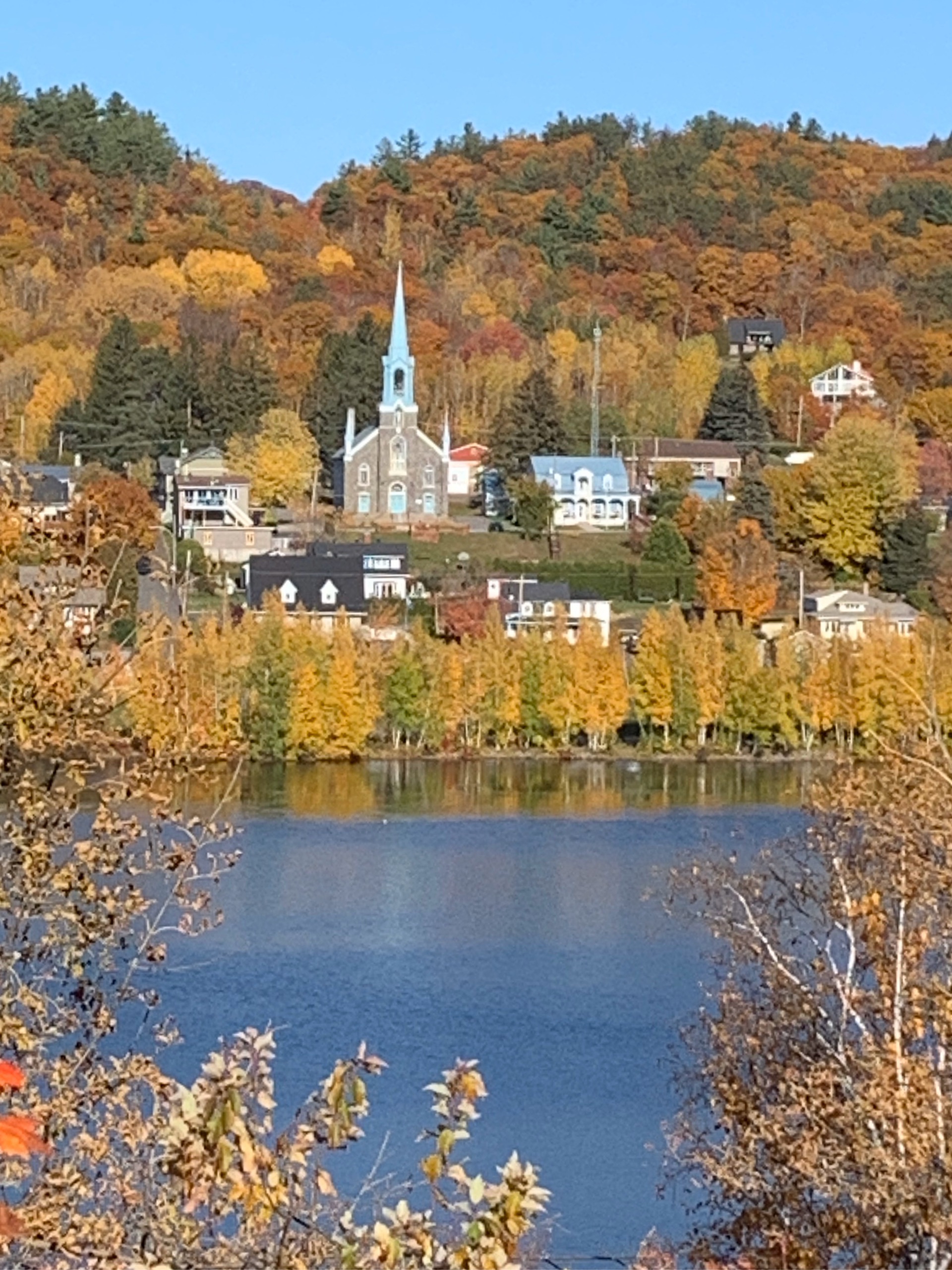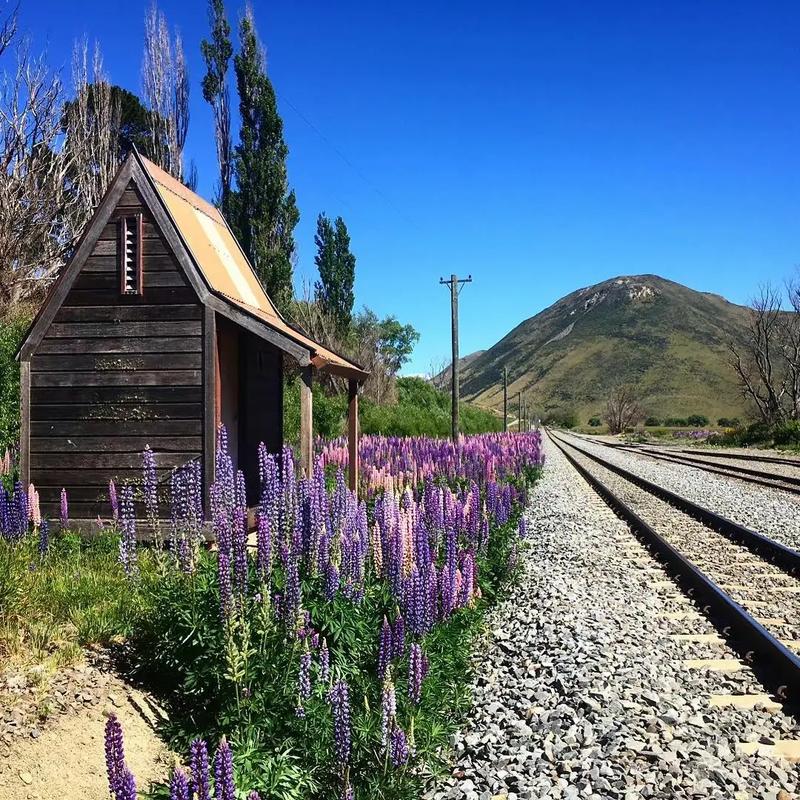Global Travel Information
River Nile, Egypt/Sudan/etc.
The Nile: Lifeline of Ancient and Modern Civilizations
The River Nile, stretching over 6,650 kilometers, is the longest river in the world and a defining geographical feature of northeastern Africa. Flowing through eleven countries—including Tanzania, Uganda, Rwanda, Burundi, the Democratic Republic of the Congo, Kenya, Ethiopia, Eritrea, South Sudan, Sudan, and Egypt—the Nile has been the cradle of civilization for millennia. Its waters have nourished empires, shaped cultures, and sustained life in one of the harshest climates on Earth.
The Nile’s Geographic and Hydrological Significance
The Nile is formed by two major tributaries: the White Nile and the Blue Nile. The White Nile, originating from Lake Victoria in Uganda, is the longer but less voluminous of the two. The Blue Nile, rising from Lake Tana in Ethiopia, contributes the majority of the Nile’s water and fertile silt, particularly during the annual flood season. These two rivers merge near Khartoum, Sudan, before flowing northward through Egypt and into the Mediterranean Sea.
The river’s annual flooding was a cornerstone of ancient Egyptian agriculture. Each year, the floodwaters deposited nutrient-rich silt along the riverbanks, creating arable land in an otherwise arid landscape. This natural irrigation system allowed the ancient Egyptians to cultivate crops such as wheat, barley, and flax, sustaining a thriving civilization.
The Nile in Ancient Egypt: A Divine Gift
To the ancient Egyptians, the Nile was more than just a river—it was a divine entity. They worshipped Hapi, the god of the Nile’s inundation, believing that the floods were a gift from the gods. The river’s predictability shaped their calendar, dividing the year into three seasons: Akhet (flooding), Peret (planting), and Shemu (harvest).

The Nile also served as Egypt’s primary transportation route, facilitating trade and communication between Upper and Lower Egypt. Boats carried grain, stone for monuments, and even pharaohs on their journeys. The river’s strategic importance is evident in the location of major cities such as Thebes, Memphis, and Alexandria, all of which flourished along its banks.
Moreover, the Nile played a crucial role in Egypt’s spiritual life. The belief in the afterlife was deeply connected to the river, as seen in the construction of tombs and temples on its west bank—the direction of the setting sun, symbolizing death and rebirth. The pyramids of Giza and the Valley of the Kings stand as testaments to the Nile’s influence on Egypt’s monumental architecture.
The Nile in Sudan: Land of the Black Pharaohs
While Egypt often dominates discussions of the Nile, Sudan’s historical connection to the river is equally profound. The Kingdom of Kush, centered along the Nile in modern-day Sudan, was a major power in antiquity. The Kushites ruled Egypt as the 25th Dynasty (747–656 BCE), earning the title of "Black Pharaohs." Their capital, Meroë, became a hub of iron production and trade, benefiting from the Nile’s resources.
Sudan’s stretch of the Nile is marked by cataracts—rocky rapids that made navigation difficult but also served as natural defenses against invaders. The ancient city of Napata, near the Fourth Cataract, was a religious center dedicated to the god Amun, reflecting the cultural exchange between Egypt and Kush.
Today, Sudan’s dependence on the Nile remains strong. The Gezira Scheme, one of the world’s largest irrigation projects, relies on the river to support cotton and food production. However, disputes over water allocation, particularly with Ethiopia’s Grand Ethiopian Renaissance Dam (GERD), have heightened tensions in the region.
Modern Challenges: Water Scarcity and Political Tensions
In the 20th and 21st centuries, the Nile’s waters have become a source of both cooperation and conflict. The 1959 Nile Waters Agreement between Egypt and Sudan allocated the majority of the river’s flow to these two nations, excluding upstream countries like Ethiopia. This colonial-era agreement is now contested as Ethiopia, Uganda, and other nations seek equitable access to the Nile for hydropower and agriculture.
The construction of the GERD has been a flashpoint in regional diplomacy. Ethiopia views the dam as essential for its economic development, while Egypt fears it will reduce its water supply. Negotiations have been fraught, underscoring the delicate balance between national interests and shared resources.
Climate change further exacerbates these challenges. Rising temperatures and erratic rainfall patterns threaten the Nile’s flow, putting additional strain on agriculture and drinking water supplies. Countries along the Nile must adopt sustainable water management practices to prevent future crises.
The Nile’s Cultural Legacy
Beyond its economic and political significance, the Nile remains a cultural symbol. It has inspired countless works of literature, from ancient hymns to modern novels like Death on the Nile by Agatha Christie. Its waters appear in films, music, and art, embodying both life and mystery.
For the people living along its banks, the Nile is a source of identity. Fishermen, farmers, and urban dwellers alike depend on its waters for survival. Festivals celebrating the river’s bounty, such as Egypt’s Wafaa El-Nil, highlight its enduring cultural importance.
Conclusion
The Nile is more than a river—it is a lifeline that has shaped human history for thousands of years. From the pyramids of Egypt to the highlands of Ethiopia, its waters have sustained civilizations, fueled empires, and sparked both unity and conflict. As the nations of the Nile Basin navigate modern challenges, the river’s legacy reminds us of the delicate relationship between humanity and nature. The future of the Nile will depend on cooperation, innovation, and a shared commitment to preserving this ancient and vital resource.
相关文章
- Elbe River Archaeological Sites: Ancient Finds Near the Water
- Elbe River Botanical Gardens: Flowers & Plants Along the Banks
- Elbe River Zoos & Aquariums: Family Fun Near the River
- Elbe River Amusement Parks: Rides with River Views
- Elbe River Camping Spots: Pitch a Tent by the Water
- Elbe River Glamping Sites: Luxury Camping Along the Banks
- Elbe River RV Parks: Stay in Your Camper Near the River
- Elbe River B&Bs: Cozy Accommodations with a Personal Touch
- Elbe River Hostels: Budget Stays for Young Travelers
- Elbe River Business Travel Guide: Meetings & Events Near the Water
发表评论
评论列表
- 这篇文章还没有收到评论,赶紧来抢沙发吧~


